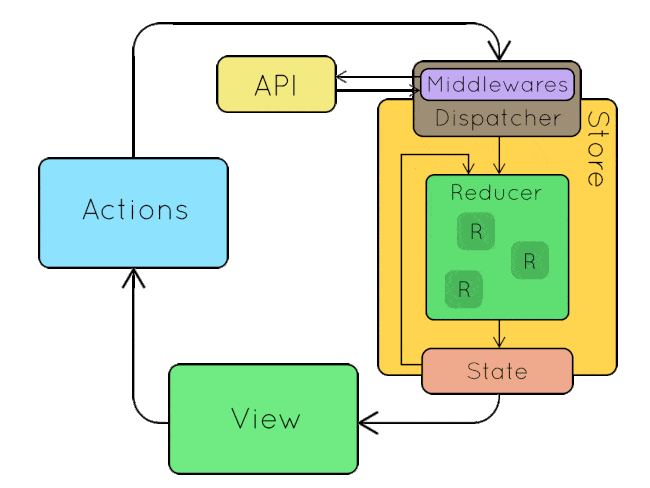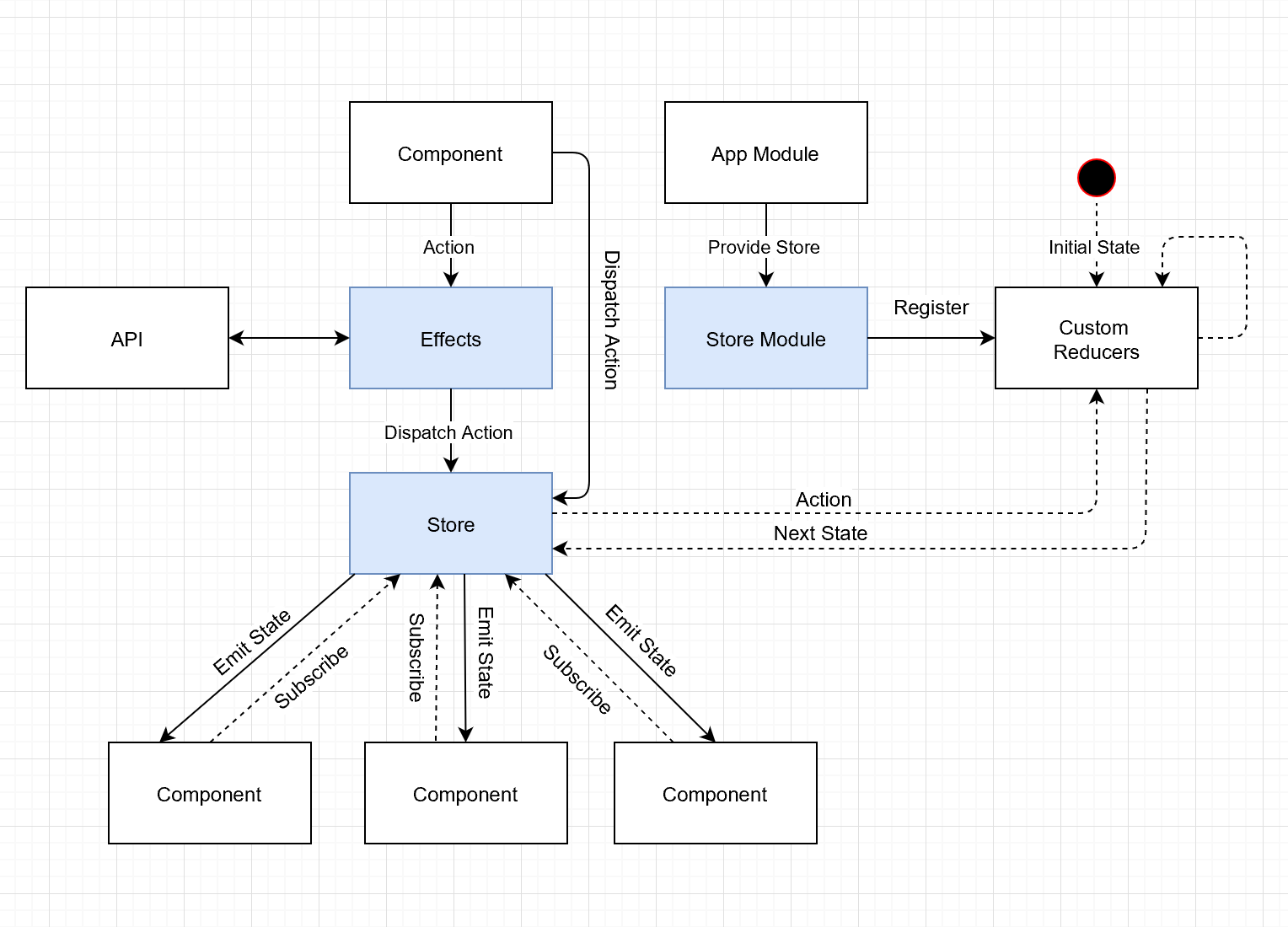I am trying my hands on ngrx library for managing the state of my application. I have gone through many ngrx documents and git pages. I understand that there are three important concept:
- Store
- Reducer and
- Action
Store is the single source of data for our application. So any modification or retrieval of data is done through Actions. My question here is what exactly happens when an action is dispatched to the store? How does it know which reducers is to be invoked? Does it parses all the reducers registered to the store? There can be multiple actions with the same name in that case what happens?
Thanks in advance.


